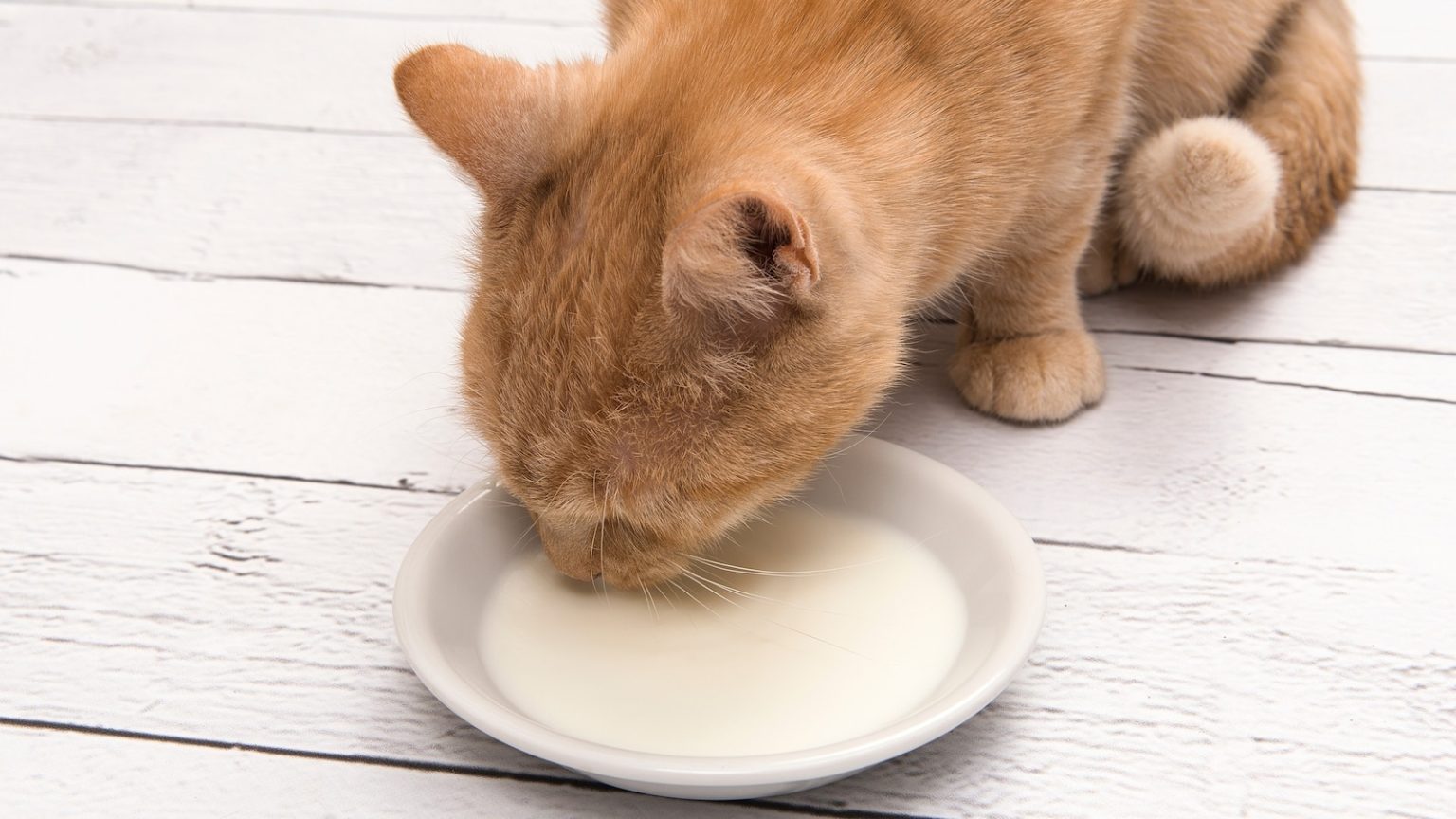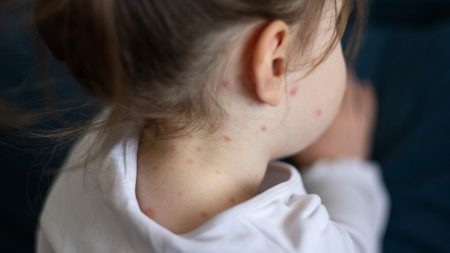Understanding the Risk of Bird Flu in Cats and Its Implications for Humans
The recent outbreak of H5N1 bird flu has raised concerns as over 80 domestic cats in the U.S. have been diagnosed since 2022. These cases predominantly involve outdoor or feral cats, likely exposed through hunting infected wildlife. However, indoor cats have also contracted the virus, often through consuming raw food or unpasteurized milk, highlighting the potential risks associated with diet.
While H5N1 has not yet efficiently spread among humans, the close living conditions between cats and their owners pose a public health risk. Virologist Angela Rasmussen emphasizes that reducing exposure in cats also protects humans, though she advises against fear, instead promoting precautionary measures.
Symptoms in infected cats include respiratory issues and neurological problems, which can mimic rabies, necessitating euthanasia in some cases. Veterinarians recommend vaccinations and caution against assuming bird flu in sick cats, given the rarity of H5N1 compared to other illnesses.
The rise in cat cases heightens human risk, particularly through raw diets. Authorities have issued warnings, recalling contaminated products, and advising against unpasteurized dairy. Limiting outdoor exposure can reduce infection chances, as cats may contract the virus from infected animals.
Historically, a 2016 case showed cat-to-human transmission of H7N2, though H5N1’s risk remains low. Experts worry about potential mutations or reassortment, which could enhance the virus’s transmissibility. While the current focus is on cats, pigs’ similarity to human respiratory systems poses a greater theoretical risk.
Preventive measures include avoiding raw diets and indoor confinement. Despite the CDC’s delayed study, awareness and precaution are crucial. The key takeaway is that while the risk is low, vigilance and proactive measures can mitigate both feline and human health risks.















